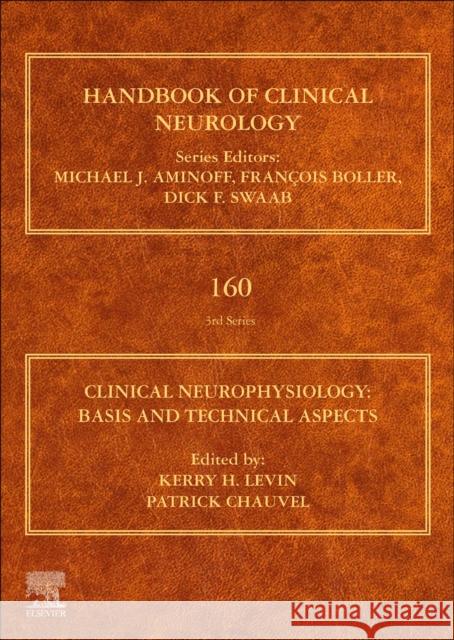Clinical Neurophysiology: Basis and Technical Aspects: Handbook of Clinical Neurology Series Volume 160 » książka
topmenu
Clinical Neurophysiology: Basis and Technical Aspects: Handbook of Clinical Neurology Series Volume 160
ISBN-13: 9780444640321 / Angielski / Twarda / 2019 / 622 str.
Clinical Neurophysiology: Basis and Technical Aspects: Handbook of Clinical Neurology Series Volume 160
ISBN-13: 9780444640321 / Angielski / Twarda / 2019 / 622 str.
cena 1141,14 zł
(netto: 1086,80 VAT: 5%)
Najniższa cena z 30 dni: 1108,22 zł
(netto: 1086,80 VAT: 5%)
Najniższa cena z 30 dni: 1108,22 zł
Termin realizacji zamówienia:
ok. 18-20 dni roboczych.
ok. 18-20 dni roboczych.
Darmowa dostawa!
Kategorie BISAC:
Wydawca:
Elsevier
Seria wydawnicza:
Język:
Angielski
ISBN-13:
9780444640321
Rok wydania:
2019
Numer serii:
000032687
Ilość stron:
622
Waga:
1.57 kg
Wymiary:
26.42 x 19.3 x 3.81
Oprawa:
Twarda
Wolumenów:
01











